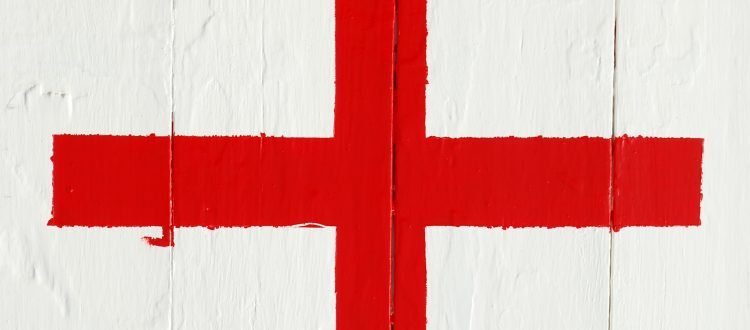Base Line Medical Kit for Treks and Adventures
Every trekker needs a good quality medical kit!
Whilst what you carry in your medical kit on treks and adventures will always be driven by factors such as environment, terrain, nature of the trek/adventure, duration, season, user experience (medical) and so on, there are some baseline items I never leave home without. These items are listed below with a short explanation. This is down and dirty – the basics… remember you have to carry it!
Baseline items that should be carried:
- Small roll of micropore tape or similar – multiple uses to include blister treatment and cuts plus general purpose use.
-
Small roll of elastic tape or similar – for strapping and blister protection as well as general purpose use.
-
Elastic bandage – for sprains etc and snake/spider/scorpion bites.
-
Triangular bandage – Slings, padding, splints.
-
Small crepe bandage – wound coverage and bandaging, also good for packing wounds.
-
3 – 6 antiseptic wipes – cleaning wounds, skin and cuts.
-
Antibiotic cream (small tube) – topical application to prevent infection.
-
Pain relief tablets (Ibuprofen or similar) – anti-inflammatory tablets provide a dual use. Be aware that aspirin will thin the blood and should not be used when bleeding/open wounds are in play.
-
Antihistamine tablets – for mild allergic reactions.
-
3 x wound closure strips (a small tube of superglue is a multi-use item) – for wound closure.
-
2 x scalpel blades – for sterile cutting or removal of foreign objects.
-
Sterile non-stick super absorbent dressings/gauze or Kerlix – for wound dressing or packing.
-
Qty of water resistant Band-Aids or similar – for covering small wounds and cuts.
-
Sewing needle – for piercing, removal of foreign objects and sewing.
-
3 x safety pins – securing and pinning.
-
Tweezers (small set) – removal of foreign objects such as splinters.
-
Latex-free medical gloves
-
Zip lock bags (1 x small, 1 x medium) – for weather resistant storage.
-
Small pair of scissors (if you’re not carry a sharp knife or multi-tool) – to cut tape, bandages etc.
‘Luxury’ items:
-
Something to stop the shits
-
Something to start the shits
-
A strip of throat lozenges
-
Broad spectrum antibiotic
-
Rehydration/electrolyte powder
-
A remote first aid handbook/guide
-
Trauma scissors
For remote and hazardous treks or adventures you should always consult a remote medicine practitioner who is familiar with the region you going to and/or a local guide. Always research your destination and route, particularly communications coverage as well as response times and capability of local medical first responders.
You might not need most of these items but IF you ever did need them, you’d be glad they were in your medical kit!
Safe and happy trekking!

